Headset Mania: Your Complete Guide to Altered Reality Headsets
LifestyleTech February 3, 2025 Damon Mitchell
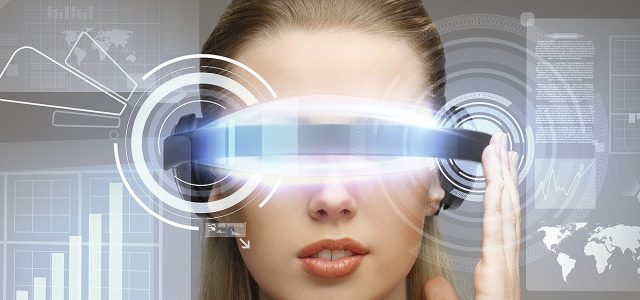
Recently, in a Buzzfeed article, Tim Cook dropped hints about the future of Apple’s virtual reality (VR) plans. They didn’t sound like what we expected. Apple doesn’t want to remove us from reality. It sounds like they want to augment our reality. [Insert: piano sting]
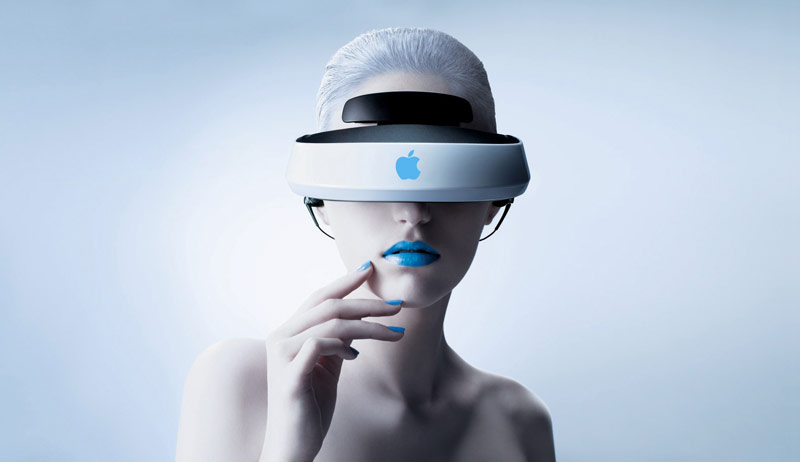
(Source: AppleApple.top)
This brings up a question: With so many emergent headset technologies on the market, what is the difference between all these platforms? Hair-splitters would have us differentiate between virtual, augmented (AR) and mixed reality (MR) headsets. How then, do we consider virtual theater headsets like the Royole Moon?
Hair-splitters would have us differentiate between virtual, augmented (AR) and mixed reality (MR) headsets. How then, do we consider virtual theater headsets like the Royole Moon?
Are these headsets all just the same thing in new packaging? The short answer is no, but there are similarities beyond appearances. Before Apple sets sail in with whatever they plan to launch, we thought we’d clear up this muddy water.
Virtual Theater
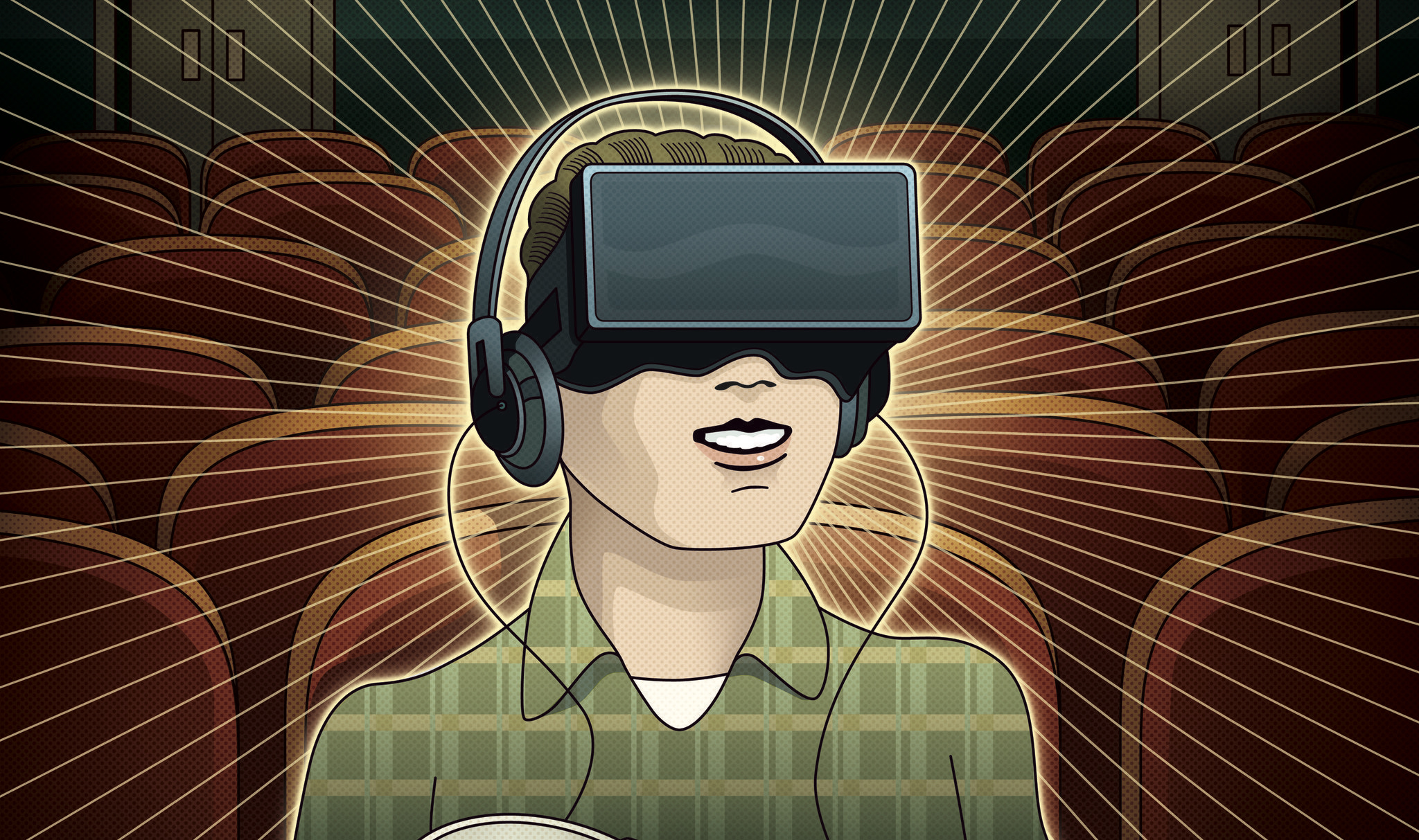
(Source: latimes.com)
Compared to VR and AR, this is low-tech, but don’t let that disappoint you.
The Royole Moon is no piece of junk by any standard. It offers an 800 inch high definition projection screen with none of the light bleed you would experience in a traditional projector.
In fact, it may be more accurate to compare this to a projector than a VR headset. There is no head tracking on a virtual theater headset. You’re not in the world of the movie, you’re an observer.
It’s more of a third person view than the first person perspective of VR. Look to the right, the video goes with your eyes. Your screen stays directly in front of your eyes when you look around.
The sound follows too. Still, the idea of theatre-level viewing anywhere you can take a seat is thrilling.
Virtual Reality
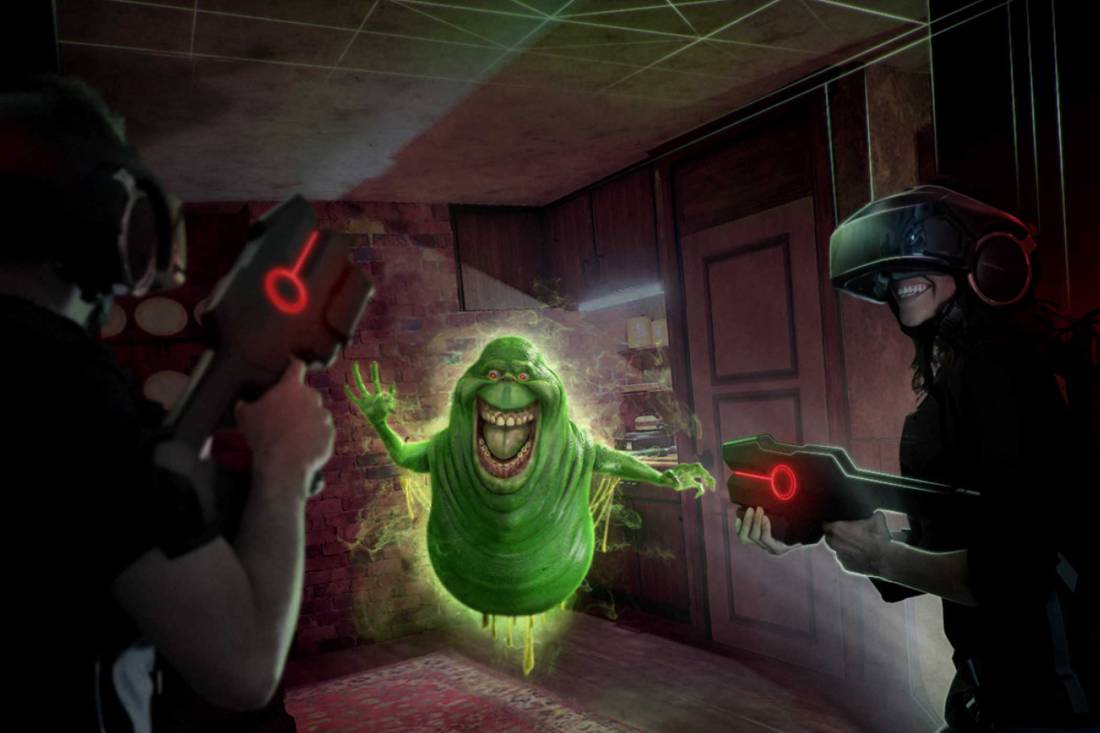
(Source: time.com)
Virtual reality is the catch-all phrase from which all other types of reality hang their respective headsets, mostly because it was first, kinda.
One could argue that Google’s Glass predates all the current headsets, which was a form of augmented reality, but who cares?
The sledgehammer headset, at least for 2016, was the Oculus Rift. The HTC Vive brought an improved experience to the Rift set, but from a distance it was just more of the same awesome.
VR alters your perception of reality to the extent that you longer perceive the real of reality.
These devices track the movement of your head, where it is in space. This allows them to orient your view and sound, so they no matter which way you look, the source of the images and sounds stays put.
Your brain receives enough signals from your eyes and ears to believe you are someplace wholly different.
The Samsung Gear VR and the recent Sony VR headsets are also in the VR category, at least for now.
Augment Reality
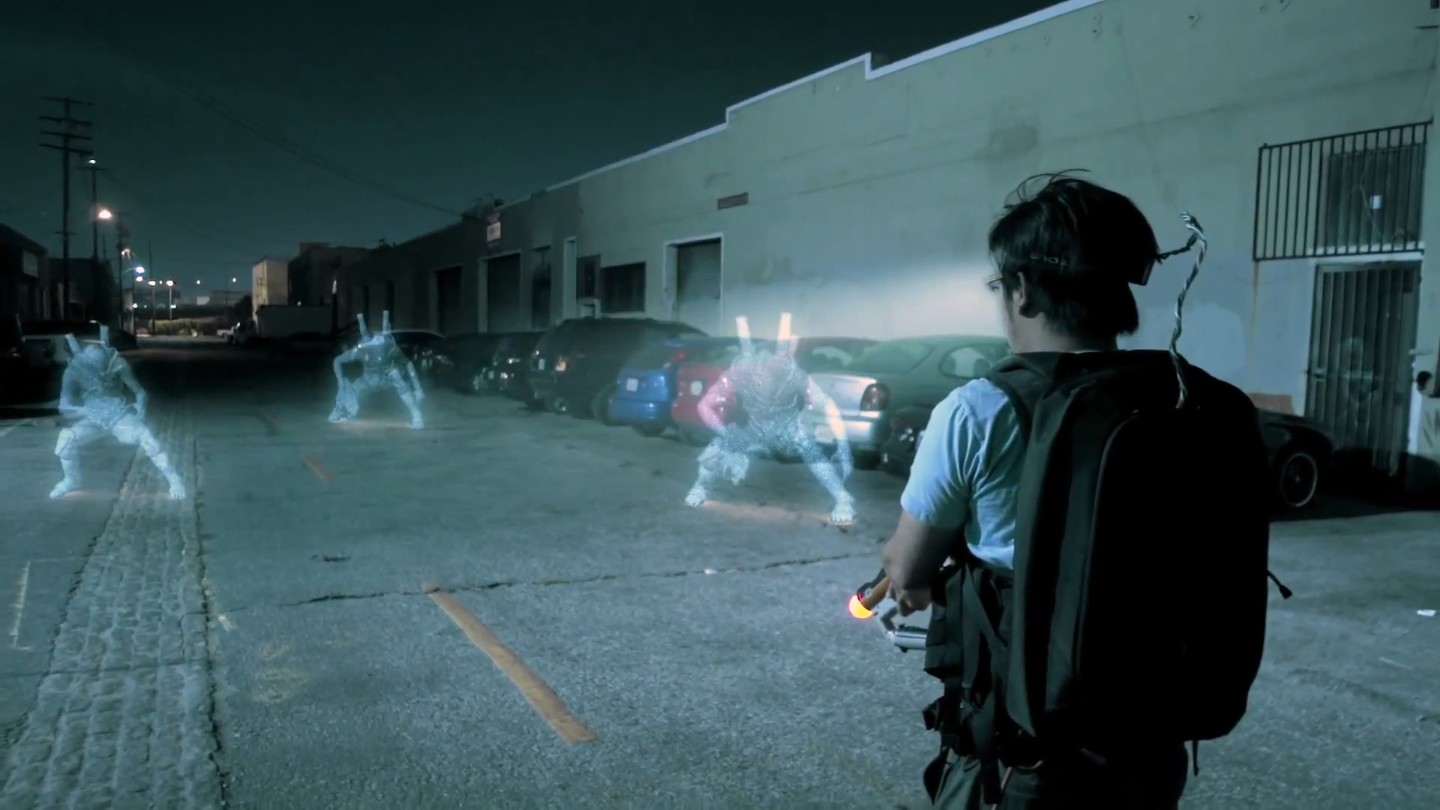
(Source: Hongkiat.com)
This is where Apple wants to live, so it seems.
In AR versus VR the technology augments the real world around you. It’s like there is an overlay on your world dropping a screen in front of your eyes.
This makes everyday activities like navigation easier to follow, without taking you completely out of what’s happening around you. It also means game play could extend into the real world, without closing it out.
In theory, you could continue a conversation, maybe even drive using aspects of augmented reality.
In fact, some car companies are ahead of the pack with heads-up displays (HUDs) on your windshield with information about velocity and direction. These HUDs are augmenting your reality.
A good example of AR is the Shimma lenses we talked about awhile back.
Mixed Reality
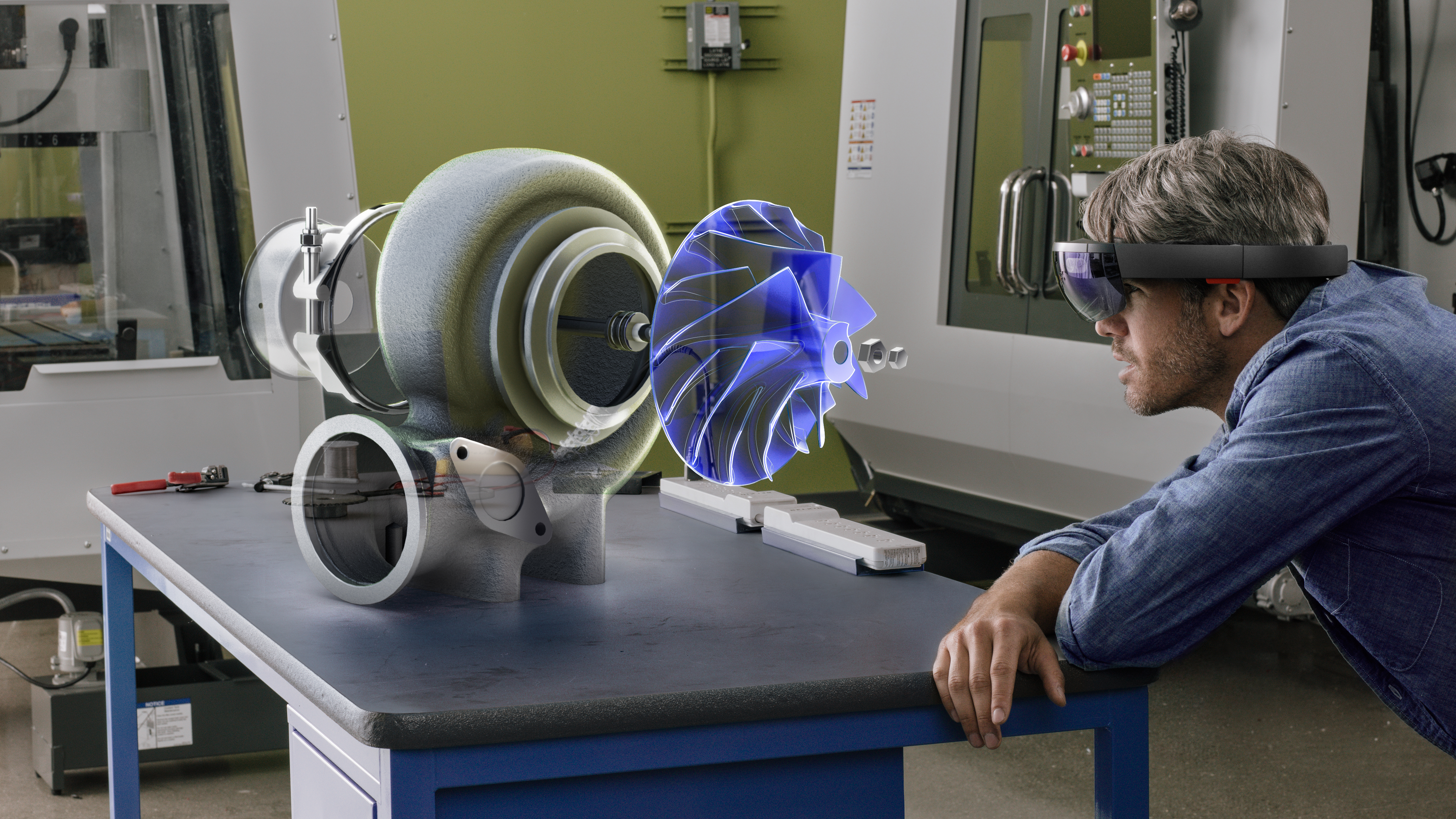
(Source: engadget.com)
Take all the best parts of AR and VR, then let them cross back and forth, then you get MR.
If in VR, you enter a whole different world, but in AR the world conforms to yours, then in a mixed reality element can cross from the real world into virtual aspects that you can engage.
As a crude example, you might see a vase in the real world via your MR headset. That vase is a real thing, but the headset may facilitate you engaging with a virtual version of said vase. You could break it, releasing a genie, without destroying any actual property.
The current headset entry to mixed reality is the Microsoft Hololens. It’s so new, the early versions are only for developers. They cost $3000.
Safe to say, MR is more emergent than VR. It’s also, IMO, cooler.
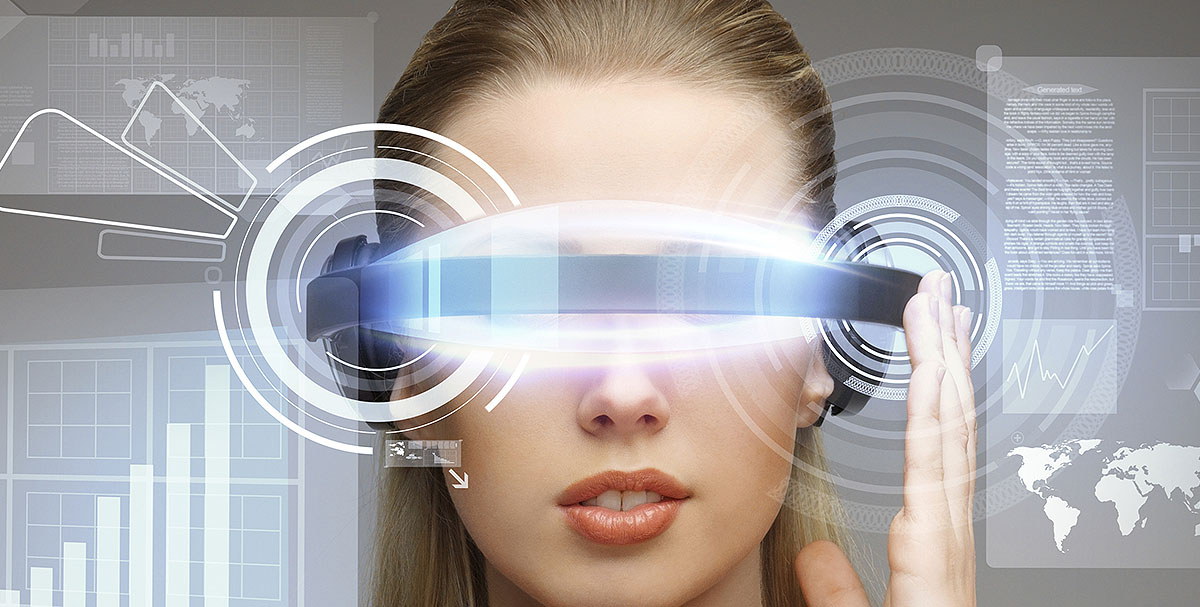
(Source: engineeringchallenges.org)
The future for these platforms is some kind of merged platform where you can control the amount of reality via game-choice or a virtual potentiometer. That platform is also, we hope, a lot smaller.
Current headsets are a commitment. It’s hard to imagine we could cram this tech into something as small as a contact lens, but that is where we’re headed.